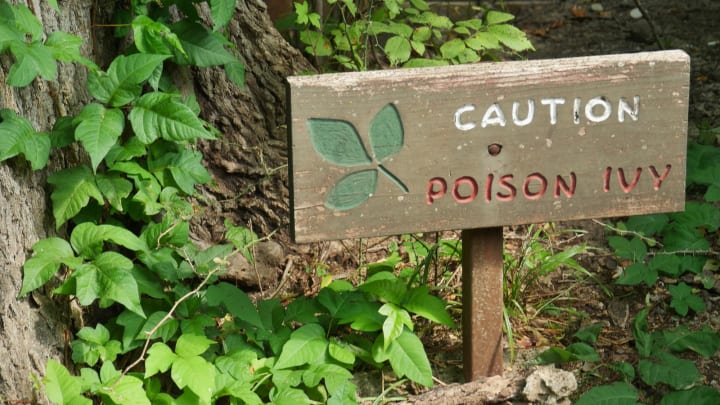Backcountry Safety: Know Your Poison

Background
Poison ivy, poison oak, and poison sumac all have sap containing an oil known as urushiol. Most, but not all, people are allergic to urushiol which is what causes the notable red and itchy rash. According to the American Academy of Dermatology Association, people who come into contact with these plants tend to have more severe reactions.
Poison Ivy (Toxicodendron rydbergii and Toxicodendron radicans)
This plant is found throughout the United States, except for Alaska, Hawaii, and some portions of the West Coast. Poison ivy tends to grow 2-3 feet tall, occasionally growing as vines. You can expect to find this plant living along trail edges, along rivers, and at the edges of fields and forests. Generally, there are three tear-shaped leaflets which is where the saying, “Leaves of Three, Let Them Be” derives from.
Poison Oak (Toxicodendron diversilobum and Toxicodendron pubescens)
The two known varieties of poison oak include T. diversilobum (Pacific) and T. pubescens (Atlantic), both of which typically have only three leaflets. While the two seem indistinguishable at first glance, the Atlantic variety is hairy and tends to have glossy leaves, often resembling the Virginia creeper.
Poison Sumac (Toxicodendron vernix)
Poison sumac is found in boggy locations such as swamps and wetlands of the Northeast, Midwest, and a portion of the Southeast. It is identified by its compound leaves with 7-13 smooth leaflets and red stems. Unlike poison ivy and poison oak, poison sumac does not grow as a vine. The height range for this plant varies, generally falling between 5 - 20 feet tall.
Prevention in the Backcountry
While hiking in short-sleeved shirts and shorts is more comfortable in hot weather, it does increase the risk of your skin coming into contact with poison ivy, oak, or sumac. Particularly when you are bushwhacking or hiking on a trail that isn’t well-traveled, wearing long-sleeved shirts and pants is recommended.
